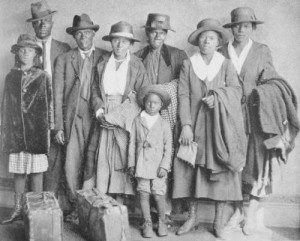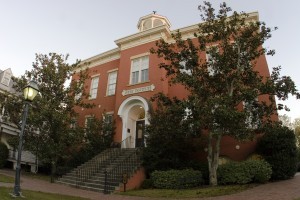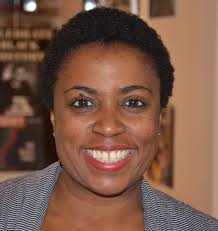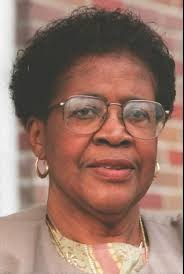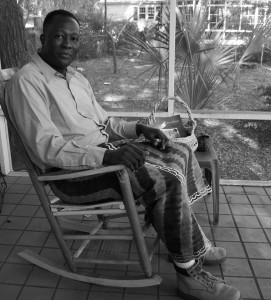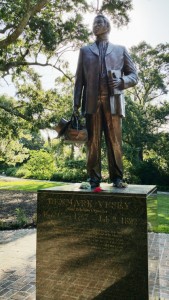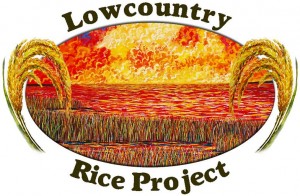United Kingdom native and resident Johny Pitts recently conducted an investigation into his mixed heritage for BBC Radio 4. Pitts, a broadcast journalist born from the union of a southern African-American soul musician and working-class Englishwoman, confessed that his only base knowledge of his paternal ancestry was learned through school which taught him that Africans were slaves. Dissatisfied with this flawed account of African history, Pitt traces his patrilineal roots on a journey of self-discovery.
Pitts’ voyage begins with crossing the Atlantic to examine Brooklyn church records providing scant details of the life of his grandmother, Sepy. He discovers Sepy was not originally from New York but rather was born in the south and once picked cotton in Olar, South Carolina. In 1930 at the age of fourteen, Sepy participated in what would become known to history as the Great Migration and abandoned her life in a small, segregated southern town for a life of independence in the north.
“The Great Migration was the first time in the history of the country that the lowest caste of people actually acted upon the desire to be free. And could make a way and a world for themselves,” stated Pulitzer Prize recipient Isabel Wilkerson to Pitts, “to me, it [was] an act of courage and an inspiration for the world.”
Further investigative research leads Pitts to Charleston, South Carolina, the major port town where hundreds of thousands of Africans docked to begin their life of bondage. With a desire to understand his ancestors as people “more than slaves,” Pitts encounters esteemed College of Charleston professor of history Dr. Bernard Powers.
Powers describes enslaved people as “extremely talented, creative, they were survivors. They were the reason this place ultimately got on the map. While you’re here, as you look out eastward, across the Atlantic Ocean, you’ll be looking across to the African continent where your family history ultimately begins.”
Sullivan’s Island witnesses the end of his journey. Having once perceived his father’s line as a “vague, fractured, lost history,” Pitts concludes that his identity is not composed of the “genes of slaves but rather the genes of enslaved people. People who ultimately were resilient and creative in the face of injustice and provocation. Culture creators who managed to maneuver through treacherous times and spaces and still able to bear the fruit of art and music and stories that have transformed the face of the world. Influences that can even be found in Sheffield where I grew up.”
Pitts’ final thoughts instill justice into a distorted, textbook history: “I’m not descended from slaves but black men and women who, as evidenced by me standing here now, survived.”
To listen to the entire broadcast, please visit: http://www.bbc.co.uk/programmes/b06flmcw


